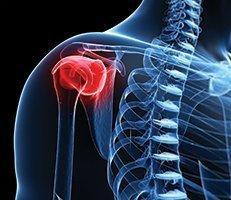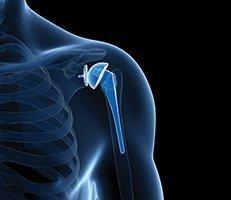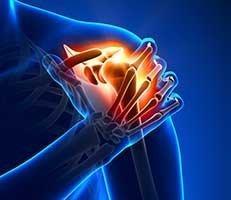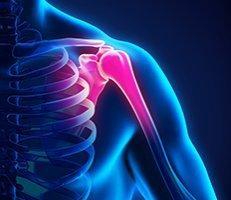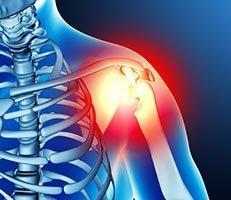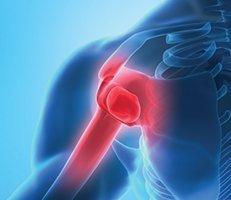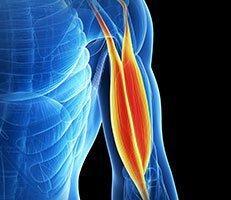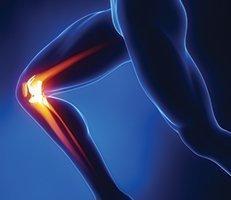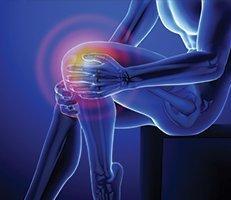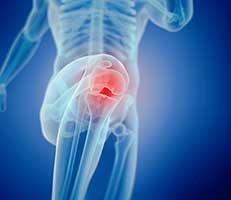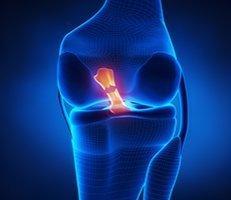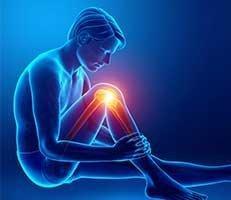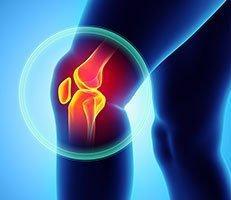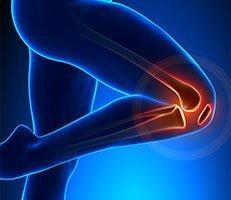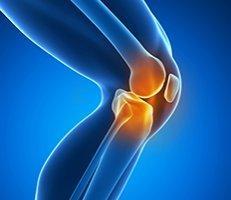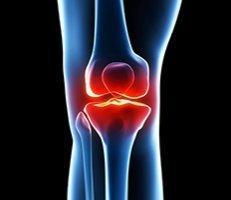The AC joint is at the top of the shoulder and is small, relatively weak, and very vulnerable to injury. It is held together by the joint capsule, two major ligaments, and four accessory ligaments. While joint injures can happen to anyone, they most commonly occur in young, athletic adults. Additionally, athletes in their second and third decade of life are commonly affected, and men are twice as likely to injure their joints as women.
Eric Millstein, M.D., has a wide range of expertise in treating shoulder injuries. As an arthroscopic and sports medicine specialist in Beverly Hills, Dr. Millstein has provided treatment for patients suffering from AC joint injuries.
How Is The AC Joint Injured
Most people who sustain an AC injury usually report either one of two mechanisms of injury; direct or indirect. Direct force usually involves direct impact or abnormal immediate physical pressure on the joint. Roughly 70% of AC joint injuries are the result of direct force.
Indirect force is when an individual, for example, falls onto an outstretched arm. The force is transmitted through the humeral head to the acromion, therefore the AC ligament is disrupted and stretched.
How Are AC Injuries Treated?
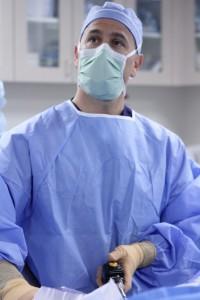
AC joint repair treatments vary according to the severity or grade of the injury. Undisplaced injuries usually only require rest, ice, and then a gradual return to activity over a 2-6 week period. Meanwhile, major dislocations usually require surgical stabilization, especially if you are an athlete.
The most effective treatment option depends on a number of factors, including type of injury, age and physical status of patient, medical history, and personal preferences. AC joint inflammation is most effectively treated by corticosteroid injections, while proliferant injections work well in cases of AC joint separation.
Unfortunately, some AC joint injuries will require surgery. If several months pass and you experience continued pain and limited function, surgery is usually a must. If the main problem is pain and arthritis, removing the end of the collar bone may be a good treatment option for you. When there is significant AC joint separation, a more extensive ligament reconstruction procedure is required to bring the clavicle back into its normal position.
The post-surgical treatment depends upon the surgery performed, but rehabilitation is always needed in order to maximize the results. Once the pain from the surgery has worn off, the patient should follow a strict rehabilitation program as recommended by Dr. Millstein to regain muscle strength.
No matter what form of treatment is chosen, the ultimate goal is to restore painless function to the injured AC joint.
To learn more about treatment options, please schedule a consultation with Dr. Millstein by calling (310) 595-1030.

